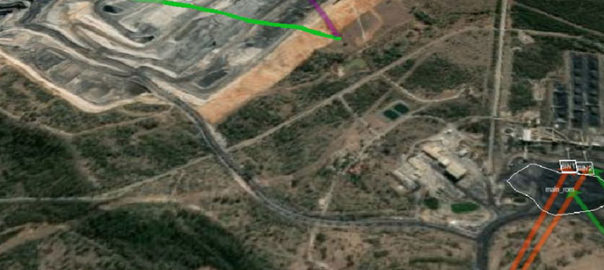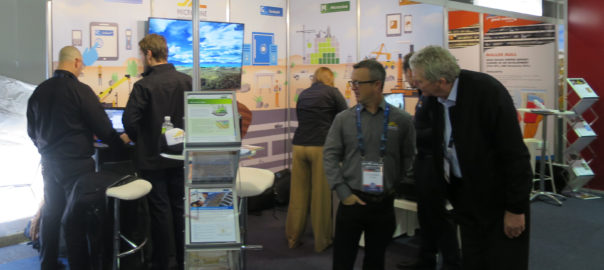Maptek says it has responded to the obvious need for a proactive approach to mine operations reporting with a new live material tracking tool.
Maptek MaterialMRT allows informed decisions to be made in-shift where and when they can make a real difference, the company says.
Mark Roberts, Maptek Group Product Strategy Manager, says the new smart resource tracking and modelling solution closes gaps in the mining value chain.
“MaterialMRT provides quality and quantity control of discontinuous material flows from in-situ rock to run-of-mine stockpiles and feed into the plant,” Roberts said.
It connects the resource model, short-term mine schedules, fleet management systems, survey data and feed quality analysers, according to the company. This should mean material quantity and quality delivered match what was planned, with access to current information around available material making this possible.
MaterialMRT dynamically tracks compliance to plan, reporting on how well the schedule is being met, and whether there are any unplanned movements of material, Maptek says.
“Enabling informed decision making at critical stages allows mines to optimise recovery, and accurately reconcile with the strategic mine plan and resource model,” the company said.
Material movement from pit to plant via the run of mine is usually via truck and shovel, with information from the block model typically lost at this stage, Maptek says. This impacts the bottom line.
Roberts highlighted other challenges facing operations, including poor plant utilisation and product quality; lack of optimisation, dump and rehandle compliance checking; poor resource model reconciliation; and inefficient stockpile management.
“MaterialMRT uses variable composition to model stockpiles, so material parcels carry the block model values right through the mining chain,” he said.
This fine-grained data modelling sets the Maptek solution apart from incumbent weighted average systems improvised using spreadsheets, it says.
MaterialMRT rapidly enables changes to be auto-adjusted, manually corrected, verified and approved, with an audit trail back to the raw values relevant to tonnes and grade. When more up-to-date information becomes available, it can be correlated and presented live to deliver meaningful insights and support value in-use decisions to address issues before it is too late, the company says.
“MaterialMRT, therefore, becomes a tactical planning tool for geologists and engineers,” Roberts said. “They control their per-shift reclaim and blending profiles to optimise feed into the plant, and can confidently deliver on final product, on time, every time.
“All stakeholders and management, from mine site or corporate office, can now identify and quantify the variability of material as it progresses through each stage of mining.”
Measuring and validating actual material movements at every stage during a shift is essential to better plan and manage material movement, according to Maptek.
MaterialMRT consists of a cloud-ready centralised server, web-based user interface and a database optimised for storing arbitrary time series geospatial data. Live dashboards and reports deliver high visibility to easily identify trends within mining processes.
“The MaptekMRT services extend into the beneficiation process and stockpile management through additional capabilities in PlantMRT and StockpileMRT,” Maptek added.








